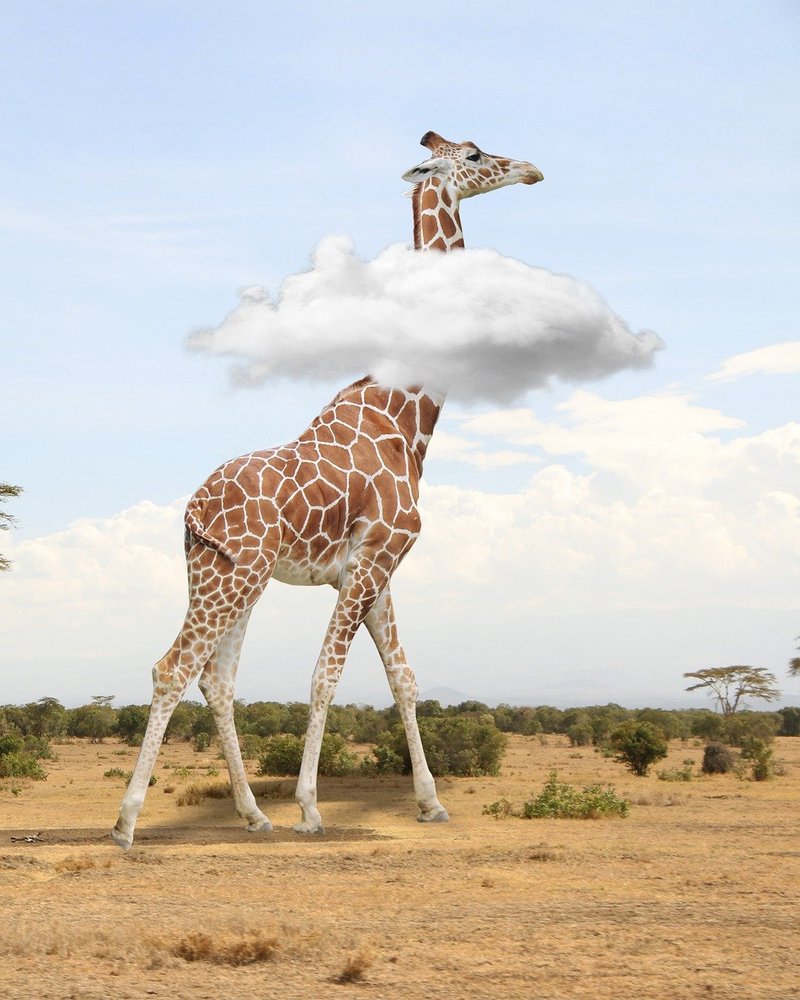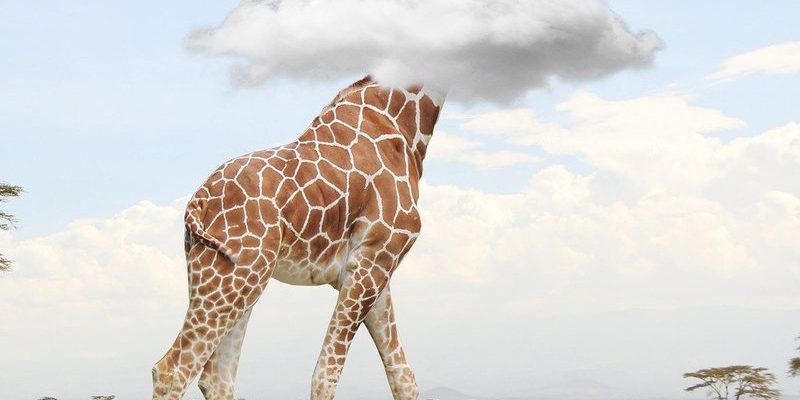
Imagine the savannah as a massive orchestra. Every species, including giraffes, plays its own instrument. If one instrument, say the giraffe, goes missing, the whole symphony feels off. Let’s dive deeper into how giraffes contribute to their ecosystem and why their presence matters so much in the grand performance of nature.
Giraffes as Herbivores: The Browsers of the Savanna
Giraffes primarily feed on the leaves of trees, especially acacias. Their long necks are ingeniously designed to reach high branches and eat foliage that many other herbivores can’t access. By doing so, giraffes help to control tree growth and promote biodiversity.
Here’s the thing: when giraffes munch on certain leaves, it encourages new growth that’s more nutrient-rich. This process not only helps the trees but also benefits the animals that rely on them. Think of it like a gardener pruning a plant to ensure its health. Without giraffes, some tree species could dominate the landscape, leading to overgrowth and less variety for other wildlife.
Additionally, their feeding habits create gaps in the canopy, allowing sunlight to reach smaller plants below. This promotes a diverse understory of grasses and shrubs, which supports a variety of other animals. It’s a ripple effect: by feeding high, giraffes help the whole ecosystem thrive.
Seed Dispersal: Nature’s Helpers
You might be surprised to learn that giraffes are also great at spreading seeds. As they eat, they inadvertently swallow seeds that pass through their digestive system. When these seeds are deposited back into the environment, often miles away from where they started, they help new plants grow in different areas.
This natural form of seed dispersal is crucial for the health of the ecosystem. It allows plants to colonize new areas, creating fresh habitats for wildlife. Imagine planting a garden that can grow on its own! The giraffe’s role in this process emphasizes their importance in maintaining the balance of plant life in their habitat.
Moreover, some plants have adapted to rely on giraffes specifically for this type of seed dispersal. This relationship showcases the interconnectedness of species within the ecosystem. When giraffes thrive, so do the plants that depend on them, and in turn, the animals that rely on those plants.
Creating Habitat: Giraffes as Ecosystem Engineers
It may come as a surprise, but giraffes are also considered ecosystem engineers. By feeding on specific trees, they shape the landscape. Their browsing habits can change the structure of the vegetation in a habitat over time.
When giraffes feed, they often leave behind broken branches and toppled trees. This not only creates dead wood that serves as a home for insects and birds but also opens up space for grasses and other smaller plants to grow. It’s like rearranging furniture in a room to make it more functional and inviting.
These alterations make their environment more diverse, benefiting countless other species. Newly opened areas can attract herbivores that thrive on different types of vegetation. This, in turn, attracts carnivores looking for food, making the entire ecosystem dynamic and vibrant.
Impact on Other Species: The Social Side of Giraffes
Giraffes are not just solitary browsers; they often socialize in groups. This social behavior has its perks, especially when it comes to safety. By staying in groups, they can keep an eye out for predators, allowing younger or less experienced individuals to learn from the older ones.
Their presence also influences the behavior of other animals. For example, when giraffes are feeding, their height allows them to spot danger from afar. This benefits nearby smaller herbivores, like zebras or antelopes, who might not have the same vantage point. When they see a giraffe looking alert, they know it’s time to be cautious.
Moreover, the patterns of grazing and browsing by giraffes help create a balance in the animal community. Their unique way of feeding allows other herbivores to find safe spots to eat without competing directly with them for the same food sources.
Threats to Giraffe Populations: Why It Matters
Sadly, giraffes face numerous threats today, from habitat loss to poaching. As their populations decline, the ripple effects on the ecosystem become more pronounced. Fewer giraffes mean less browsing, leading to overgrown tree populations and a decline in biodiversity.
Conservation efforts are crucial to maintaining healthy giraffe populations. Protecting their habitats not only secures their future but also ensures the survival of countless other species that rely on the delicate balance they help maintain.
Imagine a world without giraffes—trees would grow unchecked, other animals would struggle to find food, and the rich diversity of the savannah would diminish. That’s why supporting conservation initiatives really matters. Every effort counts in keeping this unique animal, and its ecosystem, thriving.
Giraffes are more than just charming creatures with long necks; they are essential cogs in the machinery of their ecosystems. From their unique feeding habits that promote biodiversity to their role in seed dispersal and social structure, they help maintain the balance of life in the savanna.
In a world where ecosystems are increasingly threatened, understanding the giraffe’s role reminds us of the interconnectedness of all life. As we work to protect these magnificent animals, we also protect the rich tapestry of life they support.
So, next time you think of a giraffe, remember they’re not just beautiful animals. They’re vital players in a complex ecosystem, helping to ensure that the natural world continues to thrive for generations to come.

